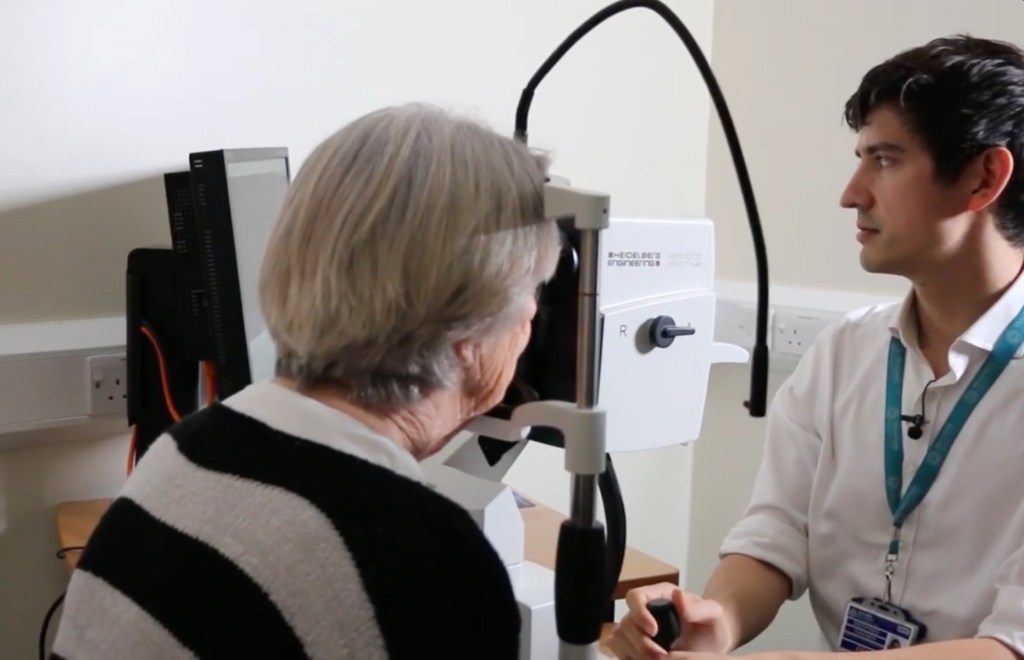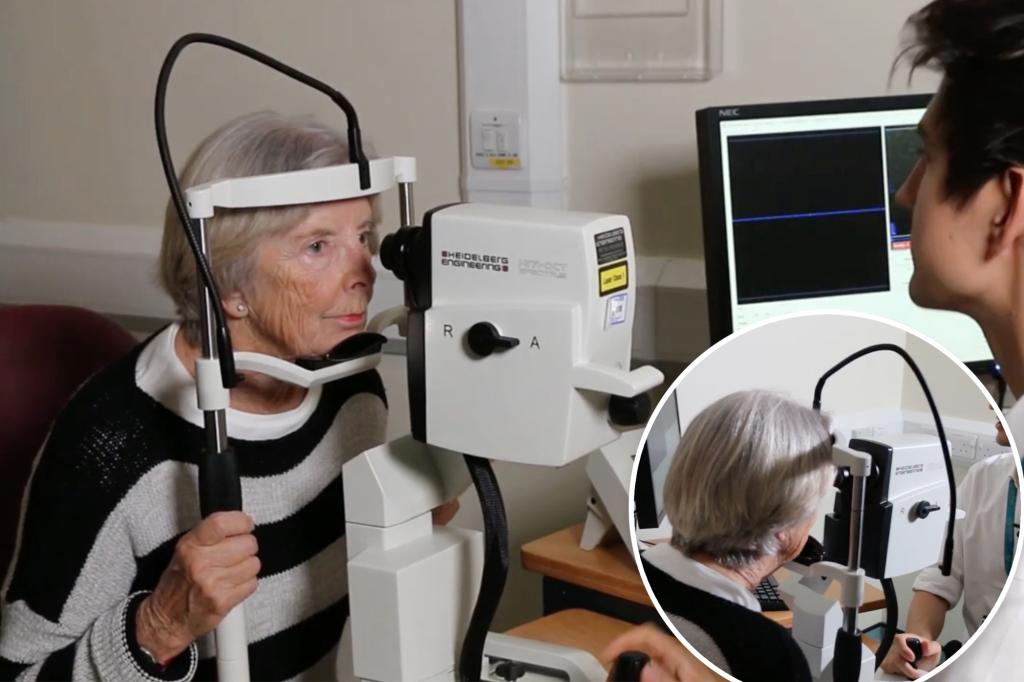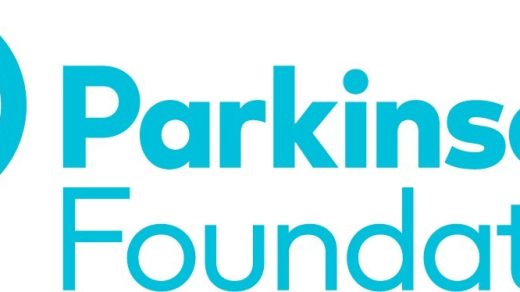With the help of artificial intelligence, Parkinson’s disease can be predicted via eye scans with an average seven years of warning, according to researchers from London’s Moorfields Eye Hospital.
“This is the first time anyone has shown these findings several years before diagnosis,” per a hospital press release.
“This work demonstrates the potential for eye data, harnessed by the technology to pick up signs and changes too subtle for humans to see. We can now detect very early signs of Parkinson’s, opening up new possibilities for treatment,” added Moorfields ophthalmologist Alastair Denniston.
The high-tech 3-D scan — technically, an optical coherence tomography — takes “less than a minute” and produces an analysis of the patient’s retina “down to a thousandth of a millimeter,” according to the hospital.
“The retina provides a minimally invasive window into the central nervous system and can be imaged rapidly using modern high-resolution devices,” researchers stated, whereas detecting Parkinson’s via “brain imaging … is limited as a scalable resource.”
When it comes to eye exams, Parkinson’s is most associated with a reduced thickness in two optical layers: the macular ganglion cell-inner plexiform and the retinal nerve fiber.
“The association between retinal layer thicknesses and incident Parkinson disease had not yet been explored,” according to the published findings.
The statements adds, “However, findings in early and prodromal Parkinson disease do corroborate our results.”
As for the technology’s potential for detecting the neurodegenerative disease, researcher Siegfried Wagner is simply “amazed.”

“While we are not yet ready to predict whether an individual will develop Parkinson’s, we hope that this method could soon become a prescreening tool for people at risk of disease,” he said.
The technique need not stop there, though.
Similar advancements in eye scans, called “oculomics,” have led to faster detection of other neuro-diseases and disorders, including Alzheimer’s, multiple sclerosis and schizophrenia.
“Finding signs of a number of diseases before symptoms emerge means that, in the future, people could have the time to make lifestyle changes to prevent some conditions arising, and clinicians could delay the onset and impact of life-changing neurodegenerative disorders,” Wagner said.



